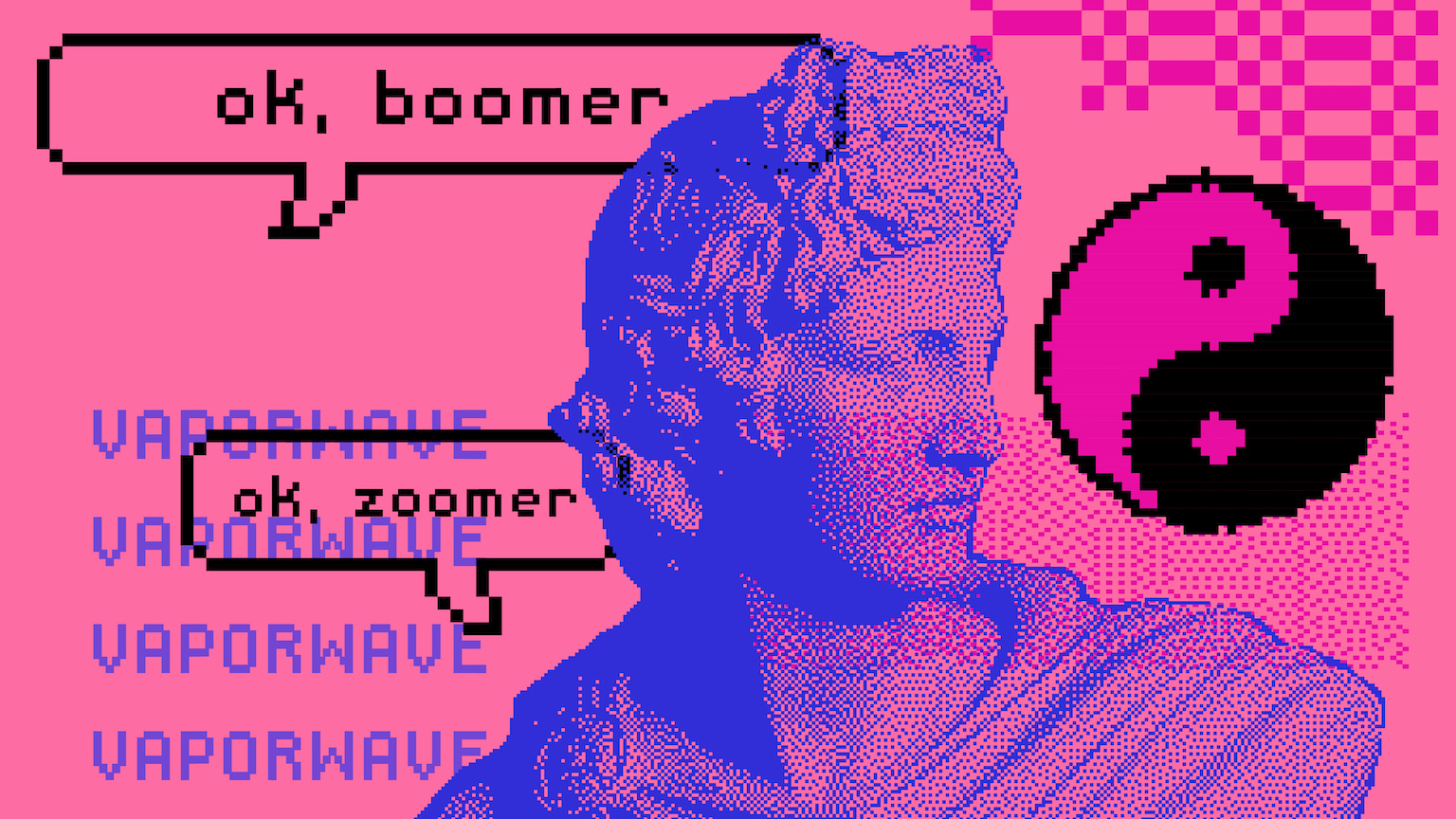One Man Helped Connect 60,000 People in Nepal to the Internet. How Did He Do It?

Two-thirds of the world still aren’t connected to the Internet. Mahabir Pun, a teacher in Nepal, once lived in one of those places. He had to hike for two days from his town of Nangi just to get to the town of Pokhara to check his email. He made this trek every month for six years — it got pretty tiring after a while, so he decided to make a change.
Pun started by contacting the BBC in 2001 to see if they could help his town get connected. After some emails back and forth with engineers, they came up with a solution: a wireless dish to receive an Internet signal from Pokhara. Clemens Purner produced an inspiring film about the journey, showing what a difference an internet connection has made to this town.
The success of this project has changed Nangi’s prospects in how it practices medicine, does business, and educates the younger members of its community. It has allowed growth within the country, and a future for younger generations that may have merely left Nepal for a job in another country. It’s a way for these towns to nurture talent within their own communities.
But Pun didn’t stop at his own remote village; in 2002 he started the Nepal Wireless Networking Project, which has helped connect over 40 villages to the Internet. This project has earned Pun several awards, including being inducted into the Internet Hall of Fame in 2014.
What the video doesn’t mention is how Pun managed to connect some of these villages during a period of political unrest, which led the government in Nepal to ban the import and use of wireless technologies. “The rebels were very suspicious about our network, so we had to actually smuggle all the wireless equipment from America and Europe and build the network illegally,” Pun told the BBC.
On a larger scale, big companies like Google and Facebook have been working on wireless innovations to get hard-to-reach areas online. Google recently announced its balloon Internet-delivery system to help connect the 17,000 islands that make up Indonesia’s archipelago. Facebook, on the other hand, has built a drone to drop Internet. But these solutions pale in comparison to Elon Musk’s proposed fleet of Internet-providing satellites.
***
Natalie has been writing professionally for about 6 years. After graduating from Ithaca College with a degree in Feature Writing, she snagged a job at PCMag.com where she had the opportunity to review all the latest consumer gadgets. Since then she has become a writer for hire, freelancing for various websites. In her spare time, you may find her riding her motorcycle, reading YA novels, hiking, or playing video games. Follow her on Twitter: @nat_schumaker
Photo Credit: Clemens Purner





